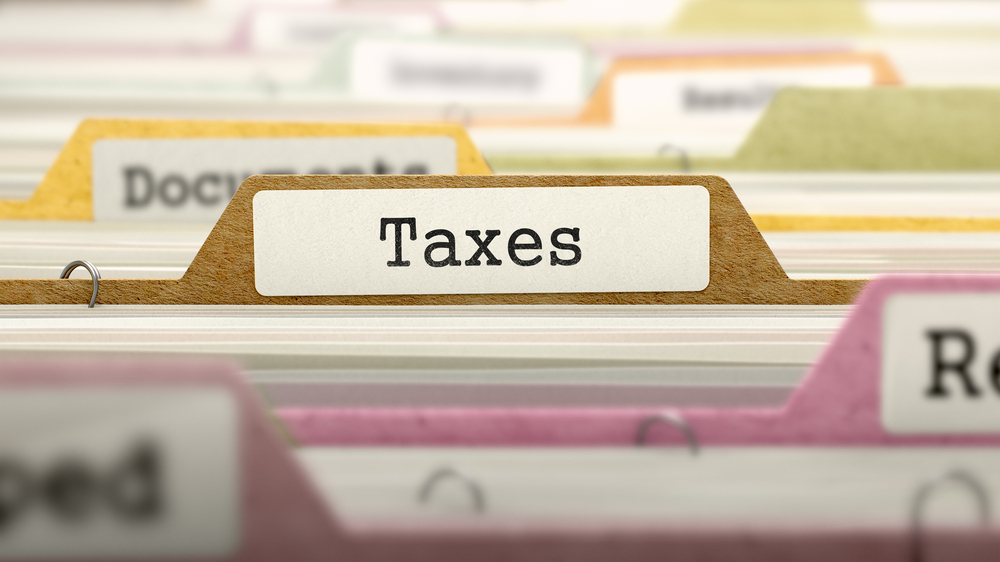Section 179 Updates for 2026
This blog article from Huddle Business Capital outlines recent updates to the Section 179 tax deduction and bonus depreciation for 2026. These...

The Section 179 tax deduction lets small businesses deduct the cost of qualifying equipment rather than depreciating the cost over several years. It is a powerful incentive designed to encourage small business owners to invest in their companies by providing them with immediate tax relief.
Many types of business equipment are eligible for the Section 179 tax deduction, including certain vehicles used for business purposes. These may include work trucks, work vans, cargo vans, passenger vehicles, construction vehicles, and heavy SUVs. If you are looking for information about Section 179 vehicles, keep reading this blog article from Huddle Business Capital.
The Section 179 tax deduction works with vehicles just like it does with other types of business equipment, also referred to as property. If you purchase or finance a vehicle that qualifies for Section 179, you can deduct the cost when filing your business taxes. The vehicle needs to be put into business use on or before midnight, December 31, in the year you purchase or finance it. This is the Section 179 deadline.
Section 179 applies to new and used vehicles, which gives you more options when deciding on a purchase. Your business's name must be on the vehicle's title, and the vehicle must be used at least half the time for business. If you use your vehicle more than 50% of the time for personal use, you will not qualify for the Section 179 deduction.
You can calculate your vehicle's business use based on your driving miles. For example, if you drive an eligible vehicle 15,000 miles each year and 11,000 miles are for business purposes (going to and from the office or job sites, etc.), 73% of the miles are used for business. Driving the vehicle 73% of the time for business purposes surpasses the 50% requirement, making it eligible for a tax deduction.
Before you move forward with a business vehicle purchase, you should consult with an accountant or tax professional to confirm that it qualifies for Section 179. That's because many types of vehicles are eligible for the Section 179 tax deduction, and there are specific requirements for each. The Internal Revenue Service (IRS) lists vehicles in three categories: light, heavy, and "other." Here is a rundown of each.
Light vehicles are passenger cars, small trucks, mini-SUVs, etc., with a manufacturer's gross vehicle weight rating (GVWR) of under 6,000 pounds. Heavy vehicles are commercial trucks/vans, pickup trucks, and large SUVs with a GVWR between 6,000 and 14,000 pounds. Lastly, "other" vehicles have a GVWR that exceeds 14,000 pounds. This list consists of large delivery vans, large work trucks with cargo beds, heavy equipment (dump trucks, tractors, etc.), among others.
It is worth mentioning that specialty vehicles such as ambulances, emergency response vehicles, mobile medical trucks, and hearses are also eligible for the Section 179 deduction.
The maximum Section 179 tax deduction limit varies based on the vehicle's category and weight, and the amount of allowable bonus deprecation will be based on the cost of the vehicle. Consult with your accountant or tax professional for the latest deduction amounts. If you want to see an estimated deduction amount based on a vehicle's price point, use Huddle Business Capital's Section 179 tax deduction calculator.
Gross vehicle weight rating (GVWR) is the maximum weight a vehicle is designed to safely carry, including its weight, the vehicle's driver, passengers, cargo, and any additional equipment. It is an important safety measure to ensure that vehicles are not overloaded beyond their intended capacity. For example, if you purchase or finance a business vehicle with a GVRW of 8,000 pounds and a curb weight of 6,000 pounds, the maximum load you can haul, including fuel and passengers, is 2,000 pounds.
When deciding on a vehicle for your business, its GVRW is essential because it determines your payload capacity. Choosing a vehicle that will meet your payload requirements is a good idea. The vehicle manufacturer's label inside the driver's side door indicates the GVWR.
As mentioned earlier, working with an accountant or tax professional is recommended because they know the ins and outs of the Section 179 tax deduction. Moreover, they understand how it applies to your small business.
To elect the Section 179 deduction for a business vehicle, you will need to complete and file IRS Form 4562 - Depreciation and Amortization. This form is required if your vehicle was purchased or financed and used for business purposes in the same tax year. Please remember that you can't elect the Section 179 deduction for a vehicle purchased initially for personal use (in a previous year) and then switched over to business use in the current tax year.
This Huddle Business Capital blog article is purely educational and contains general information and opinions; it is not intended to provide advice or recommendations of any kind.

This blog article from Huddle Business Capital outlines recent updates to the Section 179 tax deduction and bonus depreciation for 2026. These...

From accounting fees to office supplies to website design, there is a seemingly endless number of tax deductions available to small business owners....

The start of the New Year is a fantastic time for business owners to begin planning for the business tax season. Taking steps now can help ensure a...